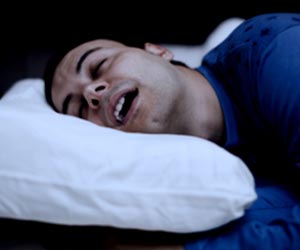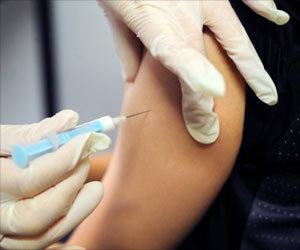OSA is characterized by repetitive complete (apnoea) or partial (hypopnea) obstructions of the upper airways during sleep, which often leads to blood oxygen desaturations and arousals from sleep.
The quality of sleep, e.g., sleep stages and arousals from sleep, can be assessed based on the electroencephalogram (EEG) signal recorded during a polysomnogram.
Even though arousals from sleep are identified from overnight recordings to characterize the degree of sleep interruption, this information is seldom utilized when assessing OSA severity.
A recent study conducted in the Sleep Technology and Analytics Research (STAR) group at the University of Eastern Finland investigated differences between arousals caused by varying respiratory events.
In the study, 867 patients with clinical suspicion of OSA were investigated for differences in the high-frequency content of EEG signals during respiratory arousals.
The differences were studied in the gamma frequency band (30-40 Hz) between arousals caused by different respiratory events (obstructive apnoeas and hypopnoeas with and without a ≥3% blood oxygen desaturation) and as a function of respiratory event duration (10-20 s, 20-30 s, or >30 s).
Arousals were also investigated in different sleep stages, comparing them to 3-second epochs of steady sleep during the corresponding stages.
As opposed to steady sleep, where gamma power decreased towards deeper stages, arousal gamma power increased as the sleep deepened.
In addition, arousal gamma power was higher related to obstructive apnoea compared to hypopneas and increased related to longer obstructive apnoea compared to shorter ones.
Furthermore, arousal gamma power was higher in the presence of an oxygen desaturation compared to when a desaturation event was not present.
As elevated EEG gamma activity has previously been associated with wakefulness during the night, the results demonstrate that the arousal intensity and, therefore, the magnitude of sleep disruption and respiratory instability might vary depending on the preceding respiratory event type and severity.
These findings can bring more insight into respiratory event-related sleep fragmentation and OSA severity assessment.
Source: Medindia



